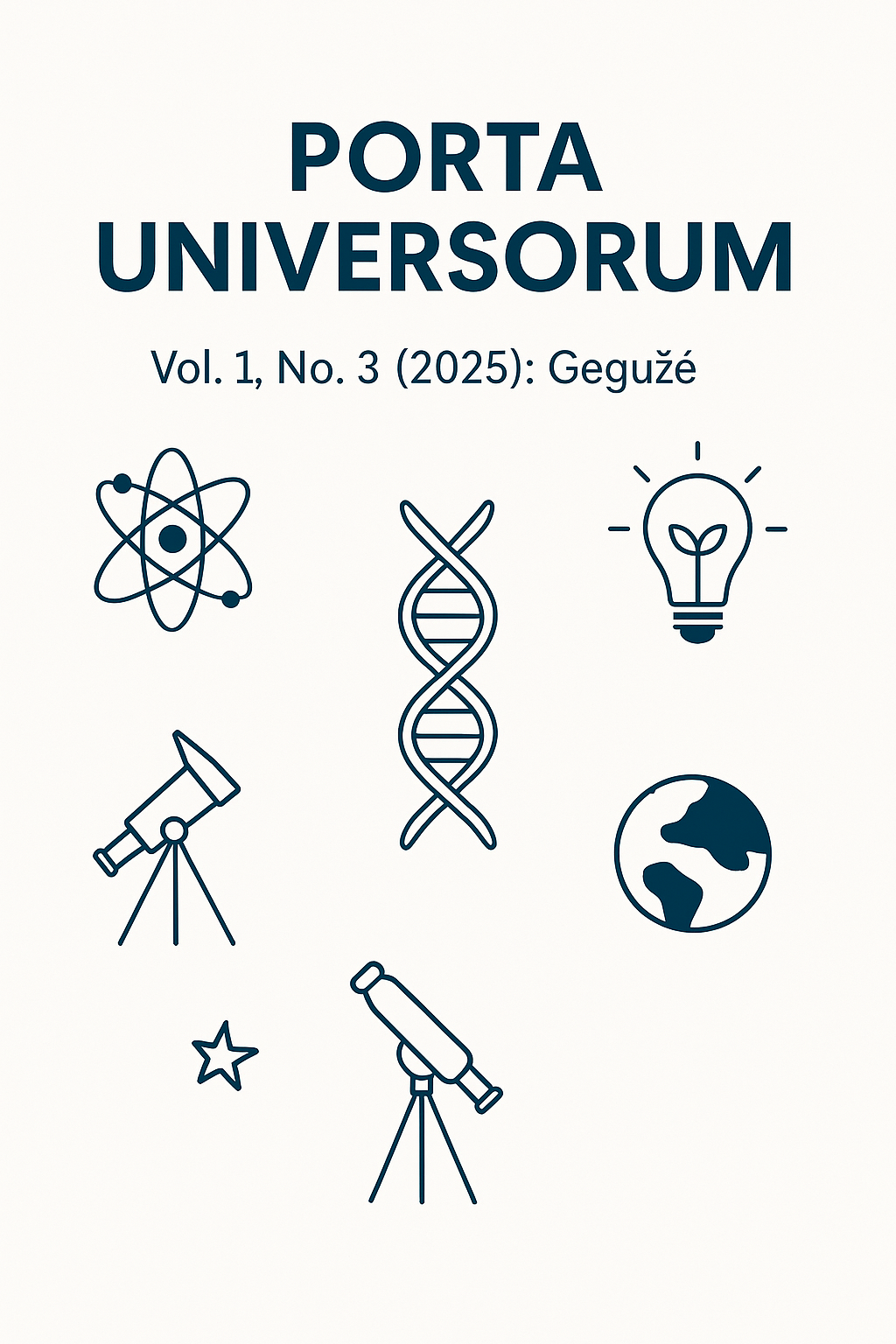Cohesion, Persuasion, and Ideology: The Pragmatic Functions of Repetition in Trump’s Rhetoric
DOI:
https://doi.org/10.69760/portuni.010306Keywords:
repetition, anaphora, epiphora, cohesion, persuasion, ideology, political discourseAbstract
This study examines how repetition functions as a pragmatic device in Donald J. Trump’s political rhetoric (2015–2021). Focusing on both campaign rallies and official addresses, we employ corpus linguistic methods and critical discourse analysis to quantify and interpret uses of anaphora, epiphora, lexical repetition, and recurring slogans. Our research question asks: How do these forms of repetition contribute to textual cohesion, persuasive effect, and ideological framing in Trump’s speeches? We find extensive repetition patterns across genres. For example, Trump frequently uses anaphora (e.g. repeated sentence-start “We will…”) and epiphora (“again” repeated at ends of clauses), generating a rhythmic emphasis. Key slogans like “Make America Great Again” (MAGA) recur prominently. In a corpus of ~19,000 words drawn from rallies and State of the Union speeches, we count dozens of such instances (e.g. 31 cases of “We will”, 29 of “again”). These repetitions serve cohesive functions (linking clauses and reinforcing themes) and persuasive ones (heightening emotional intensity and solidarity). They also index Trump’s populist ideology: for instance, slogans like “MAGA” become ideological shorthands, and the inclusive “we” versus antagonistic “they” divides foster in-group solidarity. The findings highlight repetition as a deliberate pragmatic strategy in Trump’s discourse, supporting existing literature on its rhetorical power.
References
Egbert, J., & Biber, D. (2020). It’s just words, folks: Donald Trump’s distinctive linguistic style. In U. Schneider & M. Eitelmann (Eds.), Linguistic inquiries into Donald Trump’s language: From “fake news” to “tremendous success” (pp. 16–33). Bloomsbury Academic.
Faiz, A. P. N., Sholikhah, I. M., & Muttaqin, U. (2022). Donald J. Trump’s protest response: Rhetorical language of his speech at the “Save America” rally. Elsya: Journal of English Language Studies, 4(3), 214–226.
Kazemian, R., & Hashemi, R. (2021). Critical Discourse Analysis and Rhetorical Tropes in Donald Trump’s First Speech to the UN. Theory and Practice in Language Studies, 11(5), 1223–1232.
Kjeldgaard-Christiansen, J. (2024). The Voice of the People: Populism and Donald Trump’s use of informal voice. Society, 61, 289–302. https://doi.org/10.1007/s12115-024-00969-7
Maru, M. G., Gustine, G. G., Setiawan, S., Tadete, J. J., & Kumajas, T. (2023). Interpreting repetition expressions in the writing of Trump’s addresses during the Covid-19 pandemic. Indonesian Journal of Applied Linguistics, 12(3), 708–719.
Mammadov, A., & Isgandarli, M. (2023). Linguistic and Rhetorical Features of Donald Trump’s Communication Style. Rhetoric & Communication, 57, 147–161.
Schneider, U., & Eitelmann, M. (Eds.). (2020). Linguistic inquiries into Donald Trump’s language: From “fake news” to “tremendous success”. Bloomsbury Academic.
Kashmian, R., & Hashemi, R. (2021). Critical Discourse Analysis and Rhetorical Tropes in Donald Trump’s First Speech to the UN. Theory and Practice in Language Studies, 11(5), 1223–1232.
Mammadov, A., & Isgandarli, M. (2023). Linguistic and Rhetorical Features of Donald Trump’s Communication Style. Rhetoric & Communication, 57, 147–161.
Maru, M. G., et al. (2023). Interpreting repetition expressions in Trump’s Covid-19 addresses. Indonesian Journal of Applied Linguistics, 12(3), 708–719.
Kjeldgaard-Christiansen, J. (2024). The Voice of the People: Populism and Donald Trump’s use of informal voice. Society, 61, 289–302.
Faiz, A. P. N., Sholikhah, I. M., & Muttaqin, U. (2022). Rhetorical language in Trump’s Save America rally speech. Elsya: Journal of English Language Studies, 4(3), 214–226.
Egbert, J., & Biber, D. (2020). It’s just words, folks: Trump’s linguistic style. In Linguistic inquiries into Trump’s language (Schneider & Eitelmann, Eds., pp. 16–33).
Schneider, U., & Eitelmann, M. (Eds.). (2020). Linguistic inquiries into Donald Trump’s language: From “fake news” to “tremendous success”. Bloomsbury.
Kazemian, R., & Hashemi, R. (2021). Rhetorical tropes in Trump’s UN speech. Theory Pract. Lang. Stud., 11(5), 1223–1232.
Mammadov, A., & Isgandarli, M. (2023). Trump’s communicative style: repetition devices. Rhetoric Commun., 57, 147–161.
Maru, G. M., et al. (2023). Repetition in Trump’s Covid addresses. Indones. J. Appl. Linguist., 12(3), 708–719.
Kjeldgaard-Christiansen, J. (2024). The voice of the people: Trump’s informal voice. Society, 61, 289–302.
Downloads
Published
Issue
Section
License
Copyright (c) 2025 Porta Universorum

This work is licensed under a Creative Commons Attribution-NonCommercial 4.0 International License.
License Terms
All articles published in Porta Universorum are licensed under the Creative Commons Attribution–NonCommercial 4.0 International License (CC BY-NC 4.0). This license permits:
-
Sharing (copying and redistributing the material in any medium or format),
-
Adapting (remixing, transforming, and building upon the material),
-
for non-commercial purposes only,
-
with proper attribution to the original author(s) and source.
Commercial use of the material is not permitted without prior written permission from the publisher.




